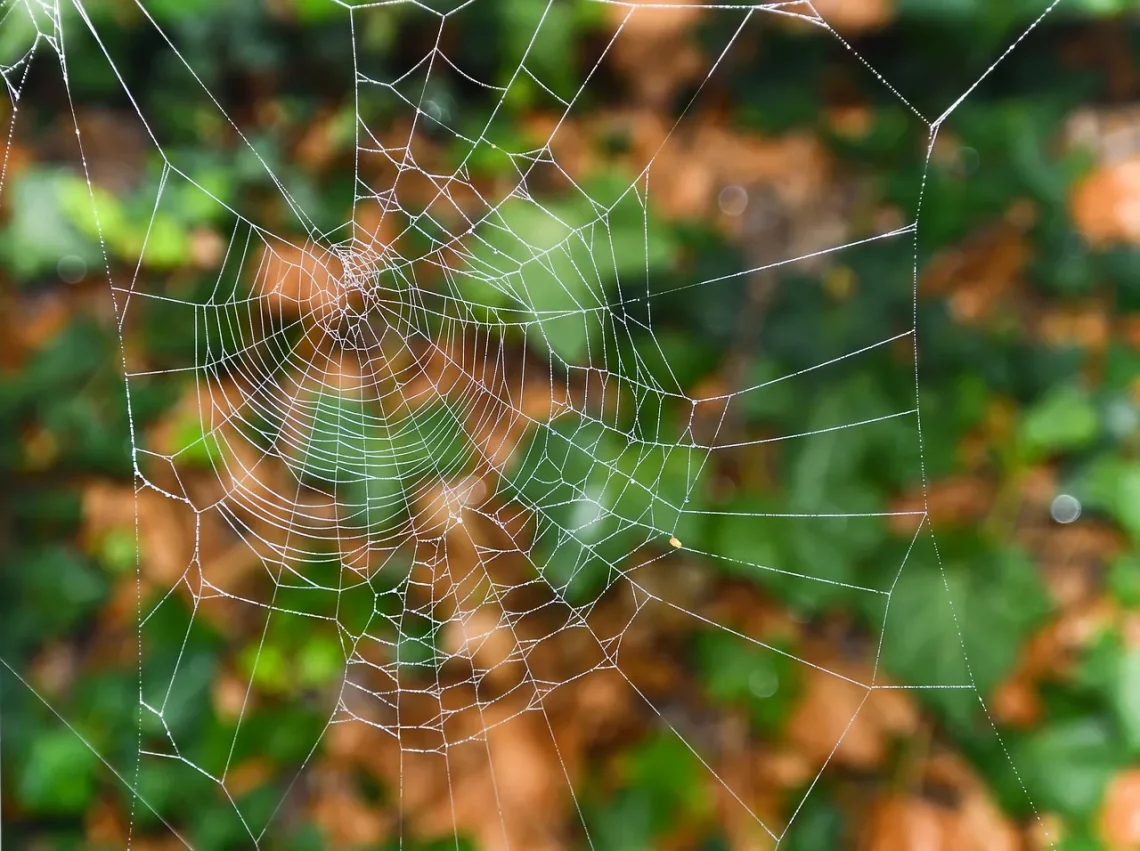
Understanding Foot Hold Traps: Safety, Use, and Best Practices
Understanding Foot Hold Traps: Safety, Use, and Best Practices
Foot hold traps have been a topic of much debate and discussion, particularly in the context of wildlife management and pest control. These devices are designed to capture animals for various purposes, including research, relocation, and population control. While they serve important functions in conservation efforts, the ethical implications and safety concerns surrounding their use cannot be overlooked. Trappers, wildlife enthusiasts, and even the general public often find themselves grappling with the complexities of these tools, especially regarding their potential impact on non-target species and the environment.
Understanding how foot hold traps operate, the safety measures that should be in place during their use, and the best practices for setting and maintaining these traps is crucial for anyone involved in trapping activities. Moreover, as public perception shifts and wildlife protection laws evolve, it becomes increasingly important to approach the use of these devices with a well-informed perspective. This article aims to shed light on the multifaceted nature of foot hold traps, emphasizing the necessity of responsible trapping while advocating for the welfare of all creatures involved.
How Foot Hold Traps Work
Foot hold traps are mechanical devices designed to capture animals by gripping their limbs. They consist of two jaws that close around the animal’s foot when triggered, holding it in place until the trapper arrives. The mechanism usually operates through a spring-loaded system, which provides the necessary force to clamp down on the animal and prevent escape.
These traps come in various sizes, tailored to capture different species ranging from small rodents to larger mammals. Some models feature padded jaws to minimize injury and ensure a more humane catch, while others may have traditional metal jaws that can cause significant harm. Understanding the mechanics of these traps is essential for both the safety of the animal and the effectiveness of the trapping process.
To set a foot hold trap, a trapper must carefully position it in an area frequented by the target species. This could involve placing the trap near a burrow, along a game trail, or near food sources. The trapper needs to ensure that the trap is stable and well-camouflaged to prevent non-target species or pets from being caught inadvertently. Knowledge of animal behavior plays a critical role in the success of trapping, as it helps in selecting the optimal location and bait.
It’s also important to note that foot hold traps should be regularly checked to minimize the time an animal spends in the trap. This not only ensures a more humane approach but also complies with local regulations that may dictate how often traps must be inspected. Familiarity with the local wildlife and understanding the specific regulations governing trapping in a given area is essential for responsible use.
Safety Considerations When Using Foot Hold Traps
Safety is a paramount concern when using foot hold traps, both for the person setting the traps and for the animals involved. Trappers should always wear gloves while handling traps to avoid leaving human scent, which can deter the target species. Additionally, gloves protect the user from potential injuries caused by the trap’s mechanism.
Before setting a trap, it’s crucial to assess the surrounding environment. Trappers should be mindful of nearby pets and non-target wildlife. In many regions, laws require trappers to take steps to ensure that their traps do not pose a danger to other animals or people. This might include using trap placement techniques that minimize unintended captures or employing trap designs that are less likely to harm non-target species.
Another safety consideration is the location of the traps. They should be placed away from high-traffic areas, especially those frequented by children or pets. Educating the local community about the presence of traps can also help prevent accidental injuries. Trappers should consider posting visible signs indicating that traps are in use in the area.
Training and education play a significant role in safe trapping practices. Many organizations offer workshops and training sessions to equip trappers with the knowledge they need to handle traps safely and ethically. These programs often cover topics such as trap design, animal behavior, and local legal requirements, ensuring that participants are well-informed.
Finally, it’s essential to have a plan for dealing with any animal that is caught in the trap. This includes knowing how to humanely euthanize an animal if necessary, or safely relocating it in accordance with local regulations. Having the right tools and knowledge on hand can make a significant difference in the outcome for both the trapper and the animal.
Best Practices for Setting and Maintaining Traps
To ensure the effective use of foot hold traps, following best practices is crucial. Proper trap selection is the first step. Trappers should choose traps that are appropriate for the target species in terms of size and design. For instance, larger traps are necessary for capturing animals like coyotes, while smaller models are suitable for raccoons or foxes.
When setting traps, the importance of location cannot be overstated. Identifying animal trails, feeding areas, and burrows will significantly increase the chances of a successful catch. It’s also beneficial to use bait that is attractive to the target species while ensuring it’s placed in a way that doesn’t attract non-target animals.
Maintenance of the traps is another key aspect of responsible trapping. Trappers should regularly check their traps, ideally every 24 hours, to ensure that animals are not left in distress for extended periods. This practice not only aligns with humane trapping standards but also helps maintain the integrity of the traps, preventing rust and wear that could compromise their effectiveness.
Additionally, after each use, traps should be cleaned and inspected for any signs of damage. A well-maintained trap will operate more effectively and pose less risk to captured animals. If a trap is found to be malfunctioning or damaged, it should be repaired or replaced immediately to ensure ethical trapping practices.
Finally, keeping accurate records of trapping activities can provide valuable insights into local wildlife populations and help trappers adjust their methods accordingly. Documenting which traps were set, the locations, and the outcomes can aid in refining strategies and improving success rates over time.
In conclusion, foot hold traps, when used responsibly, can be effective tools for wildlife management. By understanding their mechanics, prioritizing safety, and adhering to best practices, trappers can contribute positively to conservation efforts while ensuring the welfare of the animals involved.
**Disclaimer:** This article is for informational purposes only and should not be considered medical advice. For any health-related issues, please consult a qualified healthcare professional.




